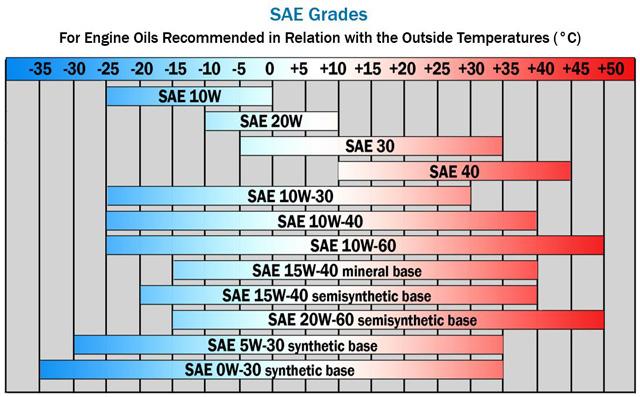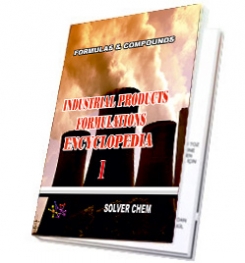To choose the right lubricant for your vehicles, use the viscosity grade(s) recommended by the original equipment manufacturer (OEM) for the life of the engine and especially during the engine's warranty period. Viscosity grades are primarily recommended according to the expected ambient temperatures, particularly the starting temperatures.
An engine oil's operating temperature does not change significantly even in different ambient temperatures, so the recommended viscosity is quite consistent for various applications. The main difference is the viscosity grade "W," which relates to the starting temperature, as this will determine the lubricant viscosity, its pumpability and readiness to lubricate the engine.
A 5W viscosity grade requires the lubricant to flow properly at lower temperatures than, for example, a 15W viscosity grade, so it is expected to be used at lower starting temperatures. In tropical weather, most OEMs still recommend multi-grade products, such as SAE 15W-40, because the lubricant flows faster through the engine than a pure SAE 40 even at higher ambient temperatures.
Another important consideration when choosing an engine oil is the quality certification or performance level. In the United States, this is determined by the American Petroleum Institute (API). For diesel engines, the quality levels are designated by the letter "C" along with a second letter assigned according to the alphabet sequence, starting with "A" for the lowest performance to "J" for the most recent and highest performance. In addition, for some applications there are specific OEM performance requirements that are also a condition of the engine's warranty.
On the other hand, you may use a 5W viscosity grade where a 10W or 15W is recommended to provide faster lubrication to engine components during start-up. However, there are some drawbacks to consider. For instance, since a lighter base stock is used in the 5W formula, the lubricant may have more evaporation than a 10W or 15W. The 5W might also cost more than the 15W and break down more of the viscosity improver additives in the formula.
You may also decide to use a synthetic lubricant with the same viscosity and quality claims. In general, fully synthetic lubricants offer better detergency and engine protection than conventional mineral oils.
If for some reason you do not have access to the exact quality and viscosity recommended by the OEM, 15W flows well at ambient temperatures in tropical countries.
The illustration below from SAE can be used as a general reference for viscosity selection based on ambient temperatures.


any engine oil
LUBRICATING OIL
FORMULATIONS
ENCYCLOPEDİA
is enough.
LUBRICATING OIL FORMULATION ENCYCLOPEDIA has many formulations of greases, complex grease, lithium grease production,sodium greases formula, formulation,multigrade engine oils manufacturing process,motor oils making, gear oil production, synthetic engine oils,semi synthetic motor oils,gasoline oils,diesel oils production process,composition of turbine oils,transmission oil manufacturing, production of cycle motor engine, tractor oils,mineral based motor engine production,heat transfer oils, slideway oils formulation, formulations, cutting oils formula,formulas grinding oils,mould oils manufacturing process and etc.
All lubricating oils in the encyclopedia are producible easily.You need no help and no technıcal support. The encyclopedia is enough to produce lubricating oils and engine oils itself.
LUBRICATING OIL
FORMULATIONS
ENCYCLOPEDIA
is written clear and understandable.


HARD BOOK E BOOK
RELATED TAGS: What is engine oils,making synthetic diesel engine oil,semi synthetic engine oil manufacturing process,mineral based engine oil production, heavy duty engine oil formulation,high performance engine oil formula,formulas,properties of motor oils,synthetic motor oil msds, analysis,composition of engine oils,additives of motor oils, mineral engine oil formulation,make semi synthetic diesel engine oil, base oils,synthetic base oils,light neutral oil,heavy neutral oil,performance additives package, properties of diesel engine oil, how to formulate engine oils, types of engine oils, synthetic motor oils,ingredients of engine oils,compounds of engine oils, index of motor oil,characteristic of motor oils,application of motor oils,combination of synthetic engine oils.
SOLVERCHEM PUBLICATIONS

|
|

|
|
|
|
|
